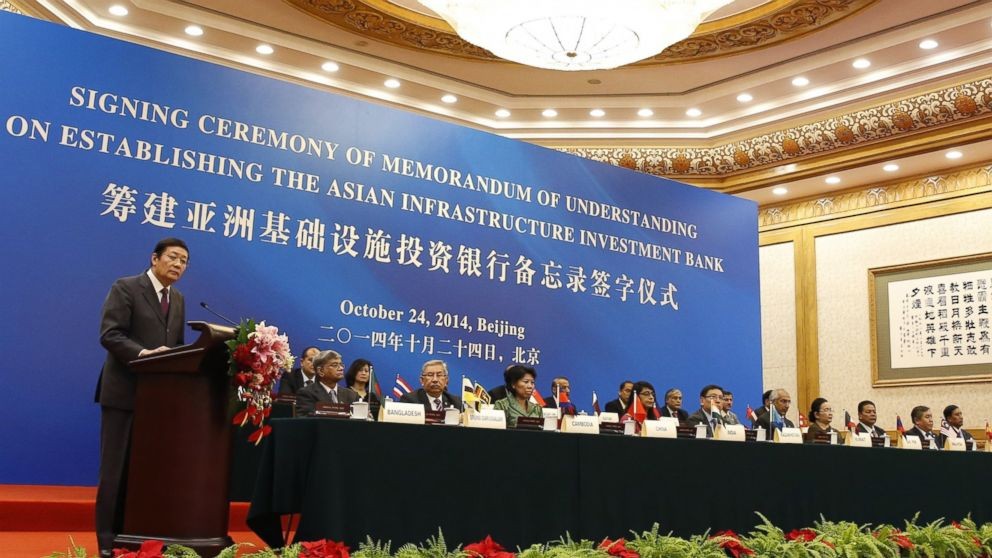Investors build on infrastructure Pensions & Investments
Post on: 19 Апрель, 2015 No Comment

Allocations top $30 billion as institutions keep searching for yield
Sponsored Links
Institutional investors are investing additional capital in infrastructure, with just more than $30 billion committed to funds alone in the past 12 to 18 months.
Investor interest goes beyond funds, to co-investments and separate accounts.
Just in the past 12 months:
In all, 37 funds raised $24.7 billion in 2012, and so far this year, five funds have raised $5.5 billion, according to closed-end fund data from London-based research firm Preqin as well as data from Pensions & Investments .
‘A way to get yield’
Infrastructure is a hot topic for investors today, said Kathryn Leaf Wilmes, partner and global head of infrastructure investments in the San Francisco office of Pantheon Ventures, a global alternative investment funds-of-funds firm. Investors are sitting in a low-interest-rate environment with little certainty. It’s a way to get yield and to invest in more stable assets.
While that search for yield is certainly driving investors to the asset class, there are other factors as well. Institutional investors are not even close to their infrastructure target allocations, and most U.S. institutions began learning about infrastructure about five years ago, so now are ready to push the button on investing.
Infrastructure is part of a new asset class we’re calling inflation sensitive,’ which comprises 5% of the total portfolio, said Ricardo Duran, CalSTRS spokesman. Infrastructure is half of this portfolio so it comprises 2.5% of the total portfolio. The other half is inflation-linked bonds.
Right now, CalSTRS has a $750 million infrastructure portfolio. The fund plans to fill out its infrastructure allocation with fund investments, but co-investments and additional direct investments are in the long-term plan, he said.
In investing in the sector, CalSTRS is looking for established, steady cash flow opportunities that are long-lived, show a high operating margin and have a positive correlation to inflation, Mr. Duran said.
Some of the largest institutional investors are investing outside the fund structure in co-investments alongside infrastructure managers and in direct investments. In March, the C$176.2 billion ($172.3 billion) Caisse de Depot et Placement du Quebec, Montreal, invested A$32 million (US$33.2 million) in Melbourne, Australia’s Centre for AgriBioscience, a social-infrastructure project that includes research laboratories, greenhouses and offices for more than 400 researchers. Caisse de Depot made the investment with infrastructure firm Plenary Group.
The $10 billion New Mexico Educational Retirement Board. Santa Fe, expanded its investment policy last year to include co-investments. This is in addition to some $265 million in commitments it expects to make in the next 12 to 24 months, which include $85 million to Caledon Infrastructure Co-investment Fund and 31 million ($40.17 million) to EQT Infrastructure II Fund.
There’s a lot of appetite to go into business directly alongside your general partner, said Matt Garfunkle, a partner in the San Francisco office of Pantheon Ventures.
Target allocations

Worldwide, only family offices and foundations are at or above their infrastructure target allocations with an average of 4.24% of their entire portfolios invested and a 4.09% average target allocation to the asset class, according to Preqin data prepared for P&I. Endowments have an average of 3.89% invested compared with a 7.9% average target allocation. Sovereign wealth funds have 5.87% invested on average, more than a percentage point lower than their 7.09% average target allocation. Private pension funds have an average of 3.23% invested vs. a 4.96% target; public pension plans have an average 2.79% invested and a 4.53% average target.
Investors’ search for yield in the current environment is leading to the increase in infrastructure commitments and investments, said Brett Himbury, CEO of Industry Funds Management, Melbourne, Australia. In January, IFM closed on US$2 billion from North American investors for its open-end Global Infrastructure Fund.
Currently, half of the fund is invested in the U.S. and half in Europe, he said.
Part of the appeal of the asset class is that core infrastructure can offer stable, long-term returns, with an expected net return of 10%, Mr. Himbury said.
We’ve seen many large commitments to infrastructure in the last six months, said Mark Weisdorf, a managing director and head of the Organization for Economic Co-operation and Development infrastructure equity group at J.P. Morgan Asset Management (JPM ) in New York. We are seeing a very broad continuing interest and commitment to the space.
In some cases, investors are making commitments in separate accounts, Mr. Weisdorf said.
In the next two to five years, Mr. Weisdorf predicted that U.S. investors’ target infrastructure allocations will be comparable to the 6% to 7% real estate target allocations.
European, Canadian and Australian investors are already way ahead of U.S. investors’ target allocations to infrastructure. In March, the Department for Communities and Local Government in the U.K. doubled the limit to 30% for local government pension funds to invest in infrastructure funds.
Australia’s superannuation funds have been investing in infrastructure for 15 to 20 years, said Anne Valentine Andrews, managing director, chief operating officer and co-head of infrastructure in the New York office of Morgan Stanley (MS ) Investment Management.
The average superannuation fund’s target allocation to infrastructure is 8.66%, according to Preqin. However, Ms. Andrews notes some Australian and Canadian plans have infrastructure targets of 10% to 15%.
While America is certainly in the catch-up position, U.S. plans are making up ground quickly, Ms. Andrews said. Many U.S. plans now have a 2% or 3% target allocation.
This article originally appeared in the March 18, 2013 print issue as, Investors build on infrastructure.














